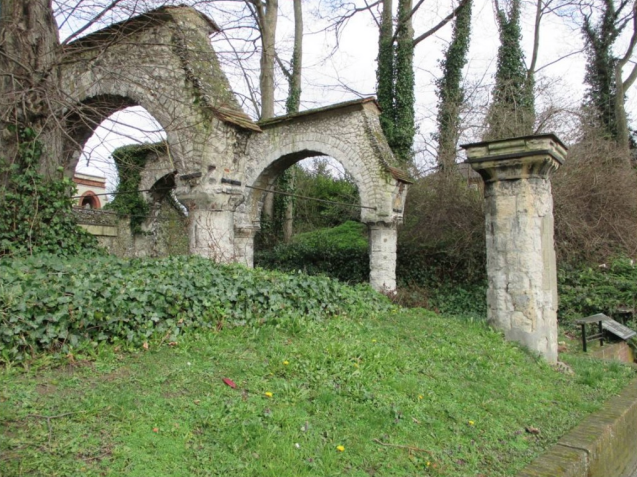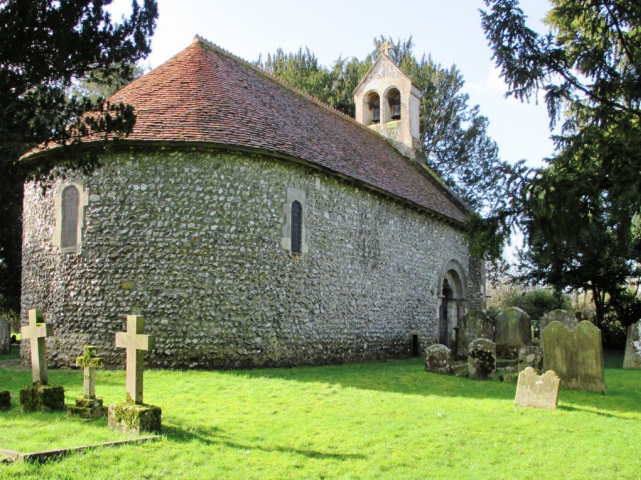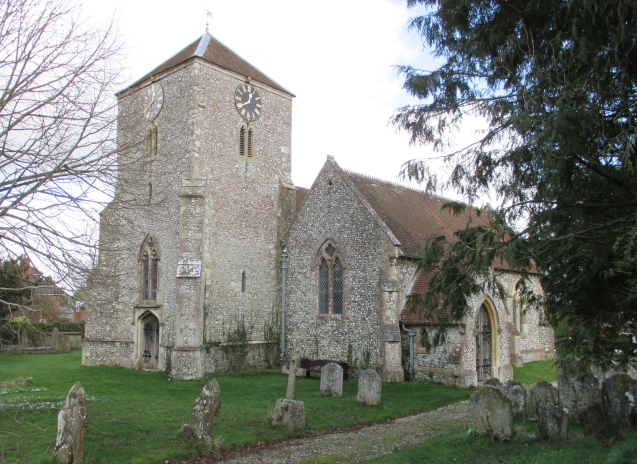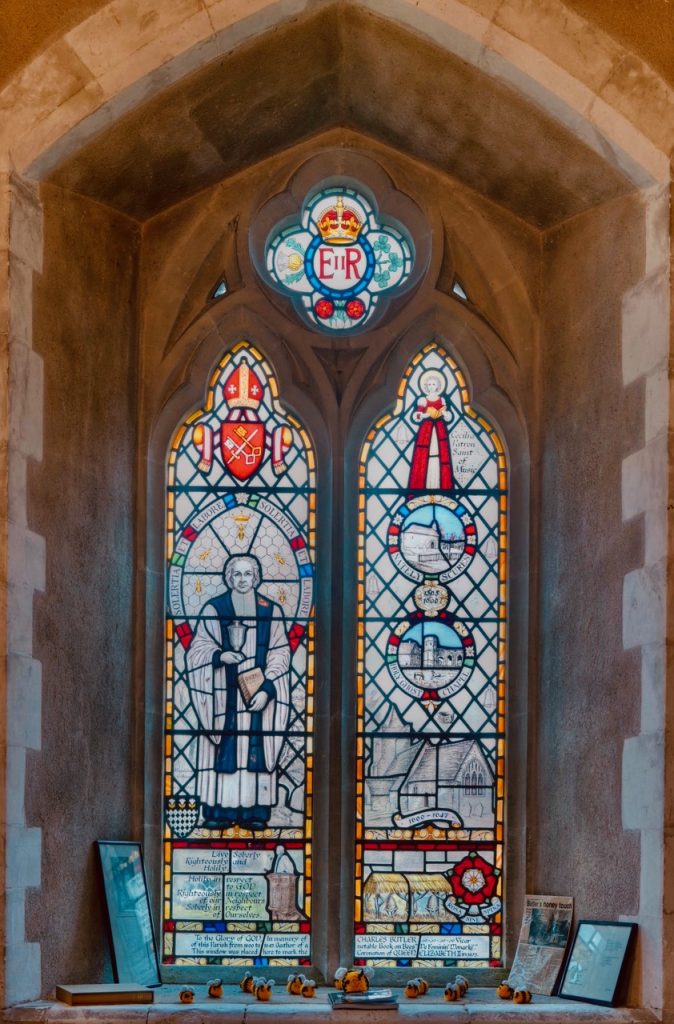1600 – 1647: Charles Butler pastor Wootton St Lawrence
1623: publication of “The Feminine Monarchie” which included Melissomelos Bee Madrigal
2023: 400th Anniversary Celebrations of Revd Charles Butler The Father of English Beekeepers
Charles Butler story and legacy

Charles Butler was a scholarly country parson, who had a deep curiosity about the natural world and recorded his discoveries methodically. What makes Charles Butler stand out is he used patient observation to record the highly practical craft of beekeeping and musical composition. It is not hard to see how in the hierarchy of the hive, the geometry of the honeycomb, bees and music can reveal a divine order of nature.
In 1560 Charles Butler was born in Wycombe, and although there are no records to prove it, probably attended the Royal Grammar School, housed then in the Hospital of St. John, the ruins of which can be seen in London Road.
In 1579 he became a student at Magdalen Hall, Oxford where he took a degree in arts in 1587. After this he was a bible clerk at Magdalen College. In 1593 he was appointed rector of Nately Scures, Hampshire, and in 1595 became Master of the Holy Ghost School in Basingstoke, with a stipend of £12 a year. In 1600 he resigned his rectory and schoolmastership to become vicar of Wootton St Lawrence, Hampshire.
In 1609 Butler published the first ever comprehensive book on beekeeping “The Feminine Monarchie”. The title itself is interesting, as the conventional view held for many centuries, was that the honey bee colony was headed by a king bee, not a queen.
In 1623 Charles Butler published his famous revised edition of “The Feminine Monarchie”, which was the first comprehensive beekeeping manual, that recognised and confirmed the Queen Bee, and not the “Drone King” was the head of the honey bee colony. It included his Melissomelos Bee Madrigal based on the sounds of honey bees inside and outside the hives.

The book has been used by beekeepers for generations.
In 1634 Butler published another revised edition, and it was translated into Latin 1678 after his death. It is due to the significance of this book that Butler is known as known as “the Father of English Beekeeping”. Butler was also an accomplished musicologist.
In 1636 he published “The Principles of Music”, dedicated to King Charles I. It was highly regarded by the music historian, Dr. Charles Burney. In 1647 Butler died and was buried in an unmarked grave in Wootton St Lawrence. He had three sons and two daughters, one of whom died aged nine months, but the other daughter, Elizabeth married the Reverend Richard White, with a dowry of £400, the profits from honey and wax from Butler’s bees.


In 1954 a stained glass window to commemorate Charles Butler was installed in the north aisle of Wootton St Lawrence church. At the dedication service a choir from Worcester and Somerville Colleges performed Butler’s own composition Melissomelos Bee Madrigal. in the left pane of the window a figure of Butler in priestly robes is shown under the latin inscription “Solertia et labore” (wit and industry), a term he used to describe the bees, and which aptly sums up his own life.
In 2017 Revd John Owen, another Hampshire clergyman, transcribed the 1623 “The Feminine Monarchie” into modern-day English, making it much more readable to today’s beekeepers – the first new edition for over 300 years!
His legacy is still revered today worldwide and his teachings remain an integral part of modern beekeeping.
